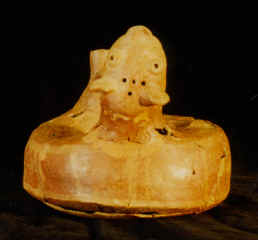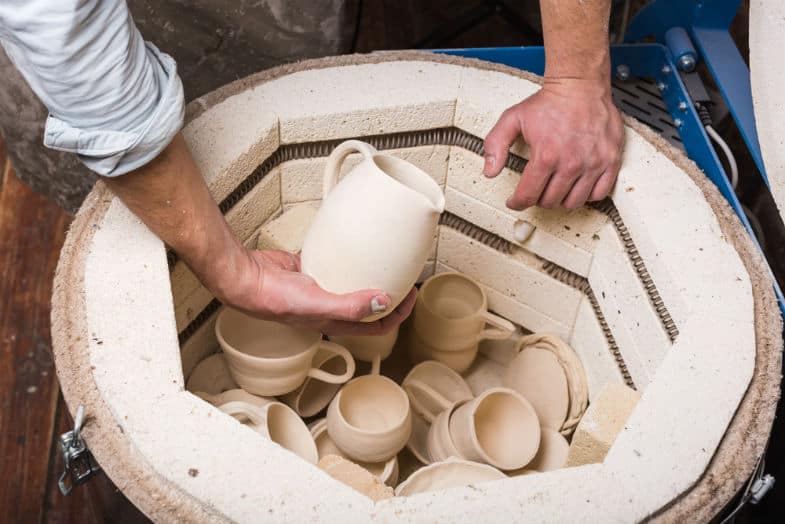Open Firing Ceramics Definition

If you can have the students take a look at the loaded kiln before the firing and then again when you open the lid.
Open firing ceramics definition. Ceramic work is typically fired twice. Click on the image to the left to see the vitrification process. The goal of bisque firing is to convert greenware to a durable semi vitrified porous stage where it can be safely handled during the glazing and decorating process. This is where the magic happens.
It may or may not be glazed. Stoneware is a rather broad term for pottery or other ceramics fired at a relatively high temperature. When it comes to bisqueing in essence the noun refers to any sort of pottery that you ve fired once and that has nothing chemically bonded in terms of water left within the clay. Both of these issues are easily dealt with.
The melting that occurs is on the molecular level. While it is true that pottery fired outdoors breaks more often than pottery fired in a kiln the breakage rate can be drastically reduced by taking certain precautions. The glaze firing is the most exciting part of the process for a lot of people. Forming pottery by pouring slip into a porous mould usually made from potters plaster.
Firing converts ceramic work from weak clay into a strong durable crystalline glasslike form. A very fluid slip of high specific gravity obtained by deflocculation and used for forming ware using the casting process. The firing process is measured in cones a standard unit of measurement that accounts for time and temperature. The final aim is to heat the object to the point that the clay and glazes are mature that is that they have reached their optimal level of melting.
Most breakage in open outdoor pottery firings occurs because of either moisture in the clay or thermal shock. Firing is the process of bringing clay and glazes up to a high temperature. It is bisque fired and then glaze fired. To the human eye pots and other clay objects do not look melted.
A modern technical definition is a vitreous or semi vitreous ceramic made primarily from stoneware clay or non refractory fire clay. In essence it s already been fired once and you re just going to put the glaze on it in order to fire it again. It s important that the temperature rises slowly and cools slowly. The purpose of this initial firing is to turn your pottery into ceramic material.
When the body cools the glass solidifies and acts to bond the unmelted particles together. When loading the kiln it is important to handle the pieces carefully so the glaze does not come loose. Failure to do so could cause the piece to burst putting you back at square one.


















